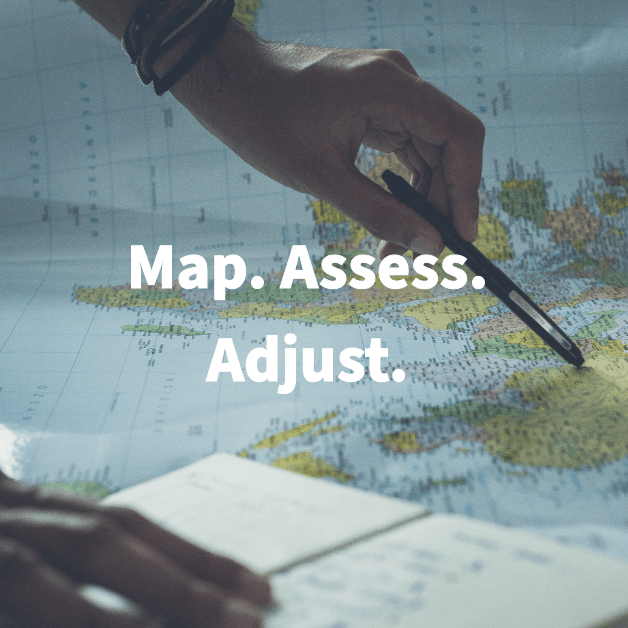A Recipe for Relevant Requirements
Most of us are all too familiar with this cartoon that captures the challenges of product development. To people unfamiliar with the process, the joke's just a silly picture, but if you're directly involved in any of the steps, you probably release an involuntary groan every time you see it. Really - what exactly is so hard about delivering what the customer wanted?
The statistics are pretty grim. Research shows that regardless of the business case, more than half of development projects fail. Why is that? The primary cause almost always points back to requirements. The requirements were too stringent, the requirements were too loose, the requirements didn't take into account the customer's environment, etc, etc. All of that is easy to say with the benefit of hindsight, but it still makes you wonder why it is so hard to get the requirements right when all you are really trying to do is build what the customer wants? The problem is that figuring out what the customer wants and will pay for isn't as straightforward as you might think.
Defining requirements is the heart and soul of product development. Get it right and everything else will follow. You'll know what's important and what's just nice to have. Get it wrong and it doesn't matter how good your tools are, or whether or not you have traceability through an automated test process. You may end up with a product that's functional (according to the spec) but not one that will sell. If only managers could identify which initiatives are the faulty ones or how to see the warning signs so that a course correction can be taken to get back on track.
Here's a little known fact: if you are defining requirements before you have established adequate context, your requirements are unlikely to hit the mark. In the product world, adequate context means that the product team has identified, captured and agreed upon key components of the product plan, including the business model, the target customer segments and the key competitive advantages that will be delivered BEFORE they get started. Only then can the HARD WORK of actually defining the requirements begin.
Try this simple idea. Have the product team draw an actual picture (yes, a picture) of the intended customer as part of the requirements definition process. Be sure to include that picture in the documentation and keep it front and center throughout the development process. If the customer is constantly looking back at the process, the team is more likely to stay on the right track and deliver what's really wanted. It doesn't make it easy, just more likely to produce a successful product!









